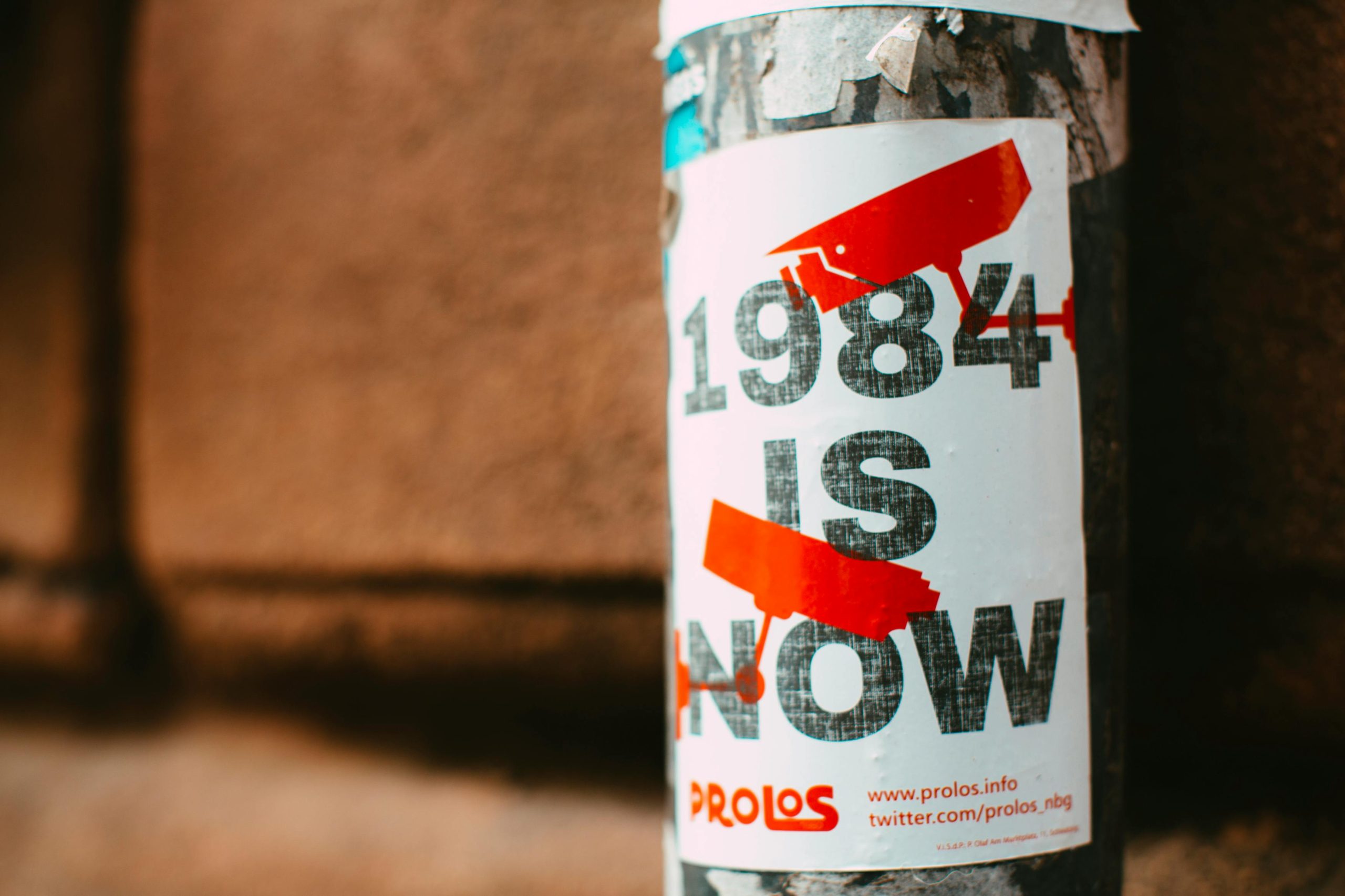Question About Contents Payment After House Fire
We recently experienced a house fire and our home has been declared a total loss. Thankfully, we are safe, temporarily housed, and our basic needs are being met. We’ve received an advance for our belongings and have started replacing essential items. We’ve kept all the receipts for the things we’ve bought.
I have some questions regarding how the payment for our house contents works. Should we create an inventory, reach a settlement, and then receive a check to spend on our own timeline? I’m curious about how this process handles out-of-season items or hobby equipment.
Additionally, we have some belongings that may possibly be restored. For instance, my fairly nice bike was on a trainer in the attic and, although it’s covered in soot, it might be salvageable with thorough cleaning. However, the tires, grips, and saddle have a strong smoke smell. Since the contents are declared a loss, do I simply get a new bike even though this one potentially can be fixed? What happens if I clean it up and it’s functional but still has a lingering smoke odor months down the line?




I’m really sorry to hear about the fire and I’m glad to hear that you and your loved ones are safe. Navigating insurance claims after a total loss can be overwhelming, but I can offer some guidance on how it typically works regarding contents.
Documentation and Inventory: You should continue documenting everything you had in the house, including your receipts for things you’ve already replaced. An inventory should be created, as this will be crucial when you settle your claim.
Claim Process: Generally, after you submit your inventory, your insurance company will review it and provide a settlement offer. This can be based on the actual cash value (ACV) or replacement cost value (RCV), depending on your policy.
Replacing Items: For out-of-season items, you can usually explain the need to replace these things and work with your adjuster on valuation if your policy allows for replacement costs. This also applies to hobby equipment, as long as you document why you need the replacement.
Restoration vs. Replacement: In your case with the bike, if it was declared a total loss but might be restored, you should inform your adjuster. They may have specific policies on how to handle items that can be cleaned or restored. If the bike is functional but still has a smoke smell, keep in contact with your insurer about your options.
Timeline for Spending: After settling, you typically receive a check (or a series of checks) for your contents loss that you can use at your discretion, as long as it’s within the policy limits.
Long-Term Issues: If the bike still smells six months later despite cleaning attempts, document this extensively. Keeping records of your attempts to restore could support your case if you need to argue for a replacement later on.
Your best course of action is to stay in close communication with your insurance adjuster who can provide specific guidance tailored to your policy. Good luck with everything as you work through this difficult time!